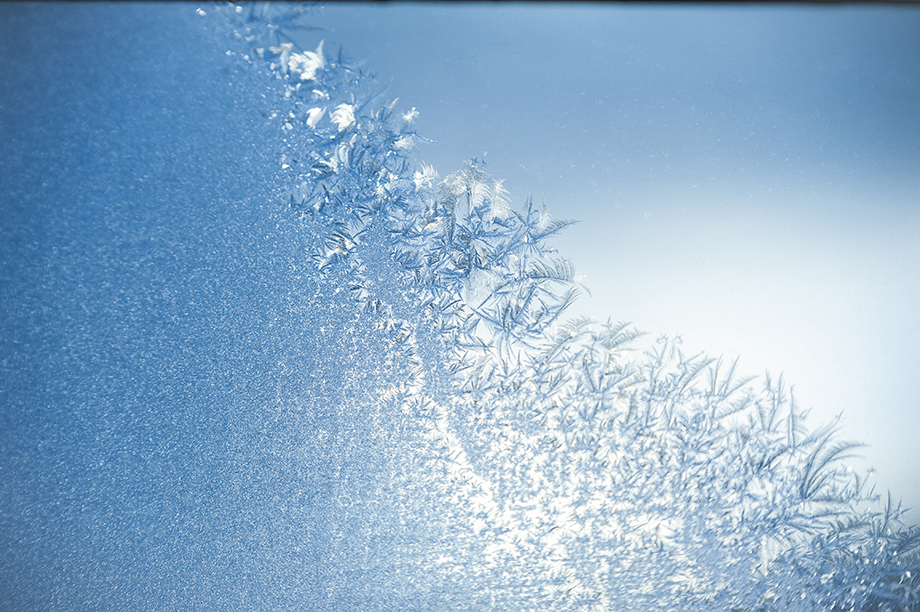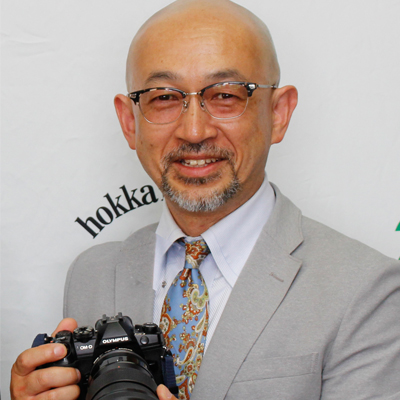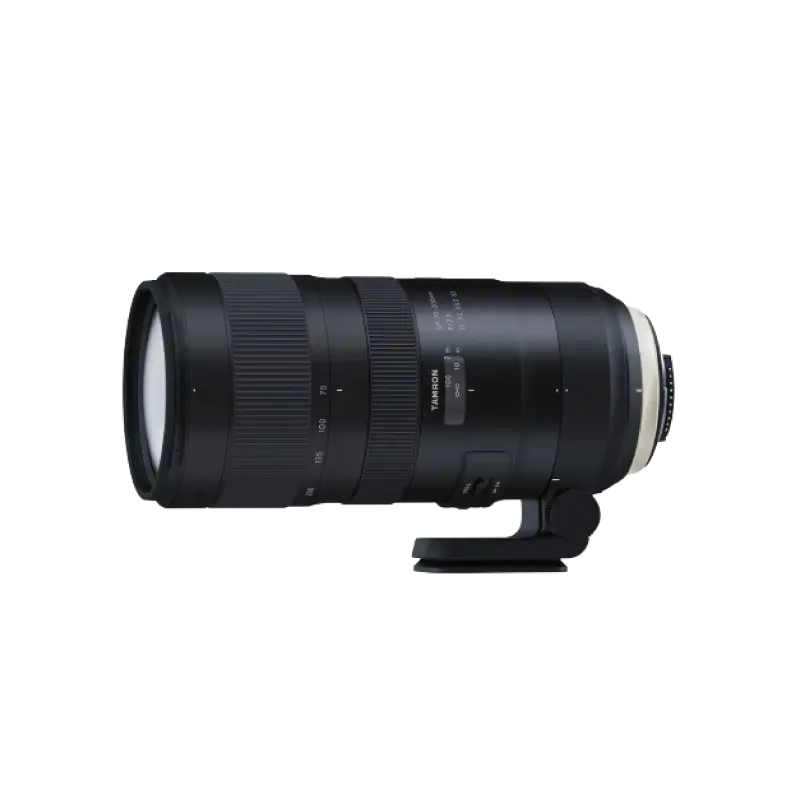December 28, 2018
A Beautiful Forest Shot with the SP 70-200mm F/2.8 Di VC USD G2 (Model A025) in Hidaka district, Hokkaido
A Beautiful Forest Shot with the SP 70-200mm F/2.8 Di VC USD G2 (Model A025) in Hidaka district, Hokkaido


The winter beauty of Hidaka Town, surrounded by mountains, is expressed in this picture. The mountains are so beautiful and orderly. Despite their harshness, they reveal expressions that cannot be described in words. Their beauty in the early morning is particularly impressive. When I open the curtains to let in the faint winter dawn light into my darkened room, I can see a frozen pattern where the moisture in the frigid outside air has stuck to the glass window.
To show its pattern, I selected the TAMRON SP 70-200mm F/2.8 Di VC USD G2 (Model A025), paying particular attention to the light and dark areas. Despite being a large-aperture telephoto lens, the Model A025 captured fine details with its MOD (Minimum Object Distance) of 0.95m. Plus, its high anti-reflective performance, including TAMRON's eBAND Coating, suppressed flares and expressed pleasing bokeh in the fine frozen parts around the window despite the backlighting and subtle shadows.
1st photo ( Focal length : 200mm Exposure : F/4 1/1600sec ISO 200 )
I focused on the light shining through the gaps in the clouds and used the lightness and darkness of the clouds to compose images while paying attention to how the outside scene reflected.
The beautiful forest nurtures plants and animals and stores moisture. That stored moisture is filtered underground, turning into droplets that eventually flow into a river. I captured that beautiful flow of water with a slow shutter speed.
When shooting at the river edge, the clumps of snow and icy rocks offer tenuous footing, forcing you into unstable and difficult angles. The shutter speed was 1/10 sec, and TAMRON's VC (Vibration Compensation) mechanism helped produce the desired image. One of the strengths of this lens is that it allows you to select a slow shutter speed without worry, despite it being a large-aperture telephoto zoom lens.
In contrast to rapid flows, a gentle flow can reveal structural beauty before it starts to freeze. In winter, when the activities of wildlife that inhabit a river entered a lull, the beauty of water forming the clearest streams is inspiring. You can find frosted flowers as well.
Also, you can enjoy exploring the beauty of natural formations, an essential part of what makes winter fun. The small formations of ice in even gentler sections of the flows I mentioned earlier are also captivating. I labeled this formation as fukuhyou or “blessed ice,” but to my surprise, it looked like Ebisu-sama (the Japanese god of fishermen and luck), and I started taking a series of shots without thinking. With beautiful resolving power and contrast performance combined with stunning bokeh across the entire zoom range, it was an exceptionally enjoyable shooting experience.
When the outside temperature falls to as low as minus 20 ºC, the moisture in the area freezes and floats down as ice crystals. This beautiful sight is known as diamond dust.
Thanks to the lens’s Moisture-Resistant Construction, I can concentrate on shooting even under these harsh conditions.
I stopped down the aperture just a little, paid attention to the atmosphere of the forest in the background while bringing out the charm of the diamond dust using the shadow areas, and capturing the highlights on the image to produce a composition that would intensify the sense of sparkle.
TAMRON's proprietary eBAND (Extended Bandwidth & Angular-Dependency) Coating also allows me to compose images without worrying about backlighting.
When shooting winter scenes, if you try to compose an image that captures everything from distance views to close-up objects, light reflecting from various angles is very bright, and tends to make it difficult to produce a uniform expression. However, TAMRON's excellent anti-reflection performance easily captures the mood of the scene wherever you are shooting. I was able to capture a forest of neatly arranged trees, wild birds, a grove of different trees nurtured in the forest, and grass frosted with ice all in a single image. This is the moment when the rays of the sun started to shine on a silvery world.
Even when the outside temperature falls rapidly, the rapids do not freeze over. The flow of water protects living things from the cold. Perhaps, cool water in summer is warm water in the middle of winter? That’s how warm it felt. It makes sense since the temperature difference with the outside air is between 20ºC and 25ºC. Even so, it’s very cold. Another thing that lends charm to the river is its formative beauty.
It gave me the impression of a limestone cave. Using a slow shutter speed, I tried to capture the flow of the water as if it was bubbling up, and realistically depict the texture of the ice. This cut is where the river drops off. In places where the water splashes, it gradually freezes. Only places with a constant flow avoid freezing. In deep areas where the water is at a constant temperature with a more comfortable flow, newly born landlocked masu salmon form schools and await spring as they shelter from the cold.
One activity that takes advantage of the environment unique to the Hidaka area and the pristine Saru River is the Izawa Fishing Pond. Children and their parents can fully enjoy nature while catching masu salmon and rainbow trout, and then enjoying the delicious flavors of their fresh catch in salt-grilled, tempura, deep-fried, or sashimi dishes.
Masu salmon, managing to grow in defiance of the harsh cold, is also referred to as the queens of the mountain streams. It’s hard to focus on small and quickly moving fish, but the USD (Ultrasonic Silent Drive) motor equipped with this lens allowed me to focus on where the fish were moving so I could concentrate on shooting.
The SP 70-200mm F2.8 G2 is equipped with three VC modes.
MODE 2: I shot using the dedicated panning shot mode. With normal shooting, the dedicated panning shot mode only blurs the background to make it look like only the main subject is moving, but I tried to express the opposite idea. There are fallen leaves in the flow of the river and combined with the irregular movements of the falling snow, an image that resembles a painting was produced.
This was an image produced thanks to my trust in the lens, knowing that it would faithfully adjust for camera shake when shooting handheld.
I aimed to capture the horses in the cold wind and fallen snow of the early morning. I was so engrossed by the sight of them pushing through the snow to graze on the grass as if I didn’t feel the cold. Luckily, two Ezo red foxes passed behind. This was a moment during the piercing cold just before sunrise. I was able to have so much fun shooting thanks to this lens.
In December, I served as an instructor for “Beautiful Forest Picnic 2018” held at Hidaka Recreation Forest. During the critique session, participants enjoyed boxed lunches while sharing their excitement at getting in touch with nature. This is one shot from that workshop, which shows the whole area covered with frost. You can get a sense of the scale by looking at the person.
It’s a favorite shot of mine. The beauty of the artificial curves is framed to fill the whole image. The focus is shallow, and the square concrete in the background is also arranged in curves. The shot expresses artificial curves with a mixture of natural and artificial light.
A couple of things I look forward to after being chilled to the core are a soak in a hot spring bath and a delicious meal. This is a combination set of soba noodles and katsudon pork cutlets on rice. Another feature of this lens is the ability to easily take table shots despite it being a medium telephoto lens thanks to the MOD of 0.95m. The clear soup shows up well in this shot.
This is a large-aperture telephoto zoom lens, but its charm lies in its ability to easily capture shows from a far distance to close. The proprietary VC is powerful enough that you can shoot with no worries at all about the risks of slow shutter speeds with a large-aperture lens. The lens has a handy focal length range of 70-200mm, but since there are also 1.4x and 2x teleconverters available, keeping one of these in your camera bag could be just what you need. In the Hidaka area, this class is the standard lens. It’s a really fun lens.

Hiroyasu Hatakeyama
Born in Kushiro City, Hokkaido in 1968. Moved to Tokyo after graduating from Hokkaido Designer College. Graduated from rental studio and apprenticed to a fashion photographer. After training at an advertising photography studio, he became independent in 1998, based in Hokkaido and moved his studio to Hidaka-cho, Hokkaido in 2018. Currently, he is a photographer for the Hokkaido Hidaka Town Community Development Cooperation Volunteers. Lecturer at various clubs and photography courses.
Lens Featured in this Impression
-

-
SP 70-200mm F/2.8 Di VC USD G2 a025(Model )
The 70-200mm F/2.8 Di VC USD G2 (Model A025) telephoto lens with upgraded optical performance enables handheld shooting with remarkable definition. This new lens builds upon the success of the current SP 70-200mm F/2.8 Di VC USD (Model A009), including better overall optical performance, improved VC (Vibration Compensation), faster AF speed and accuracy, and shortened MOD (Minimum Object Distance) for greater flexibility with optional 1.4x and 2x tele converters.
-

-
SP 70-200mm F/2.8 Di VC USD G2 a025(Model )
The 70-200mm F/2.8 Di VC USD G2 (Model A025) telephoto lens with upgraded optical performance enables handheld shooting with remarkable definition. This new lens builds upon the success of the current SP 70-200mm F/2.8 Di VC USD (Model A009), including better overall optical performance, improved VC (Vibration Compensation), faster AF speed and accuracy, and shortened MOD (Minimum Object Distance) for greater flexibility with optional 1.4x and 2x tele converters.














